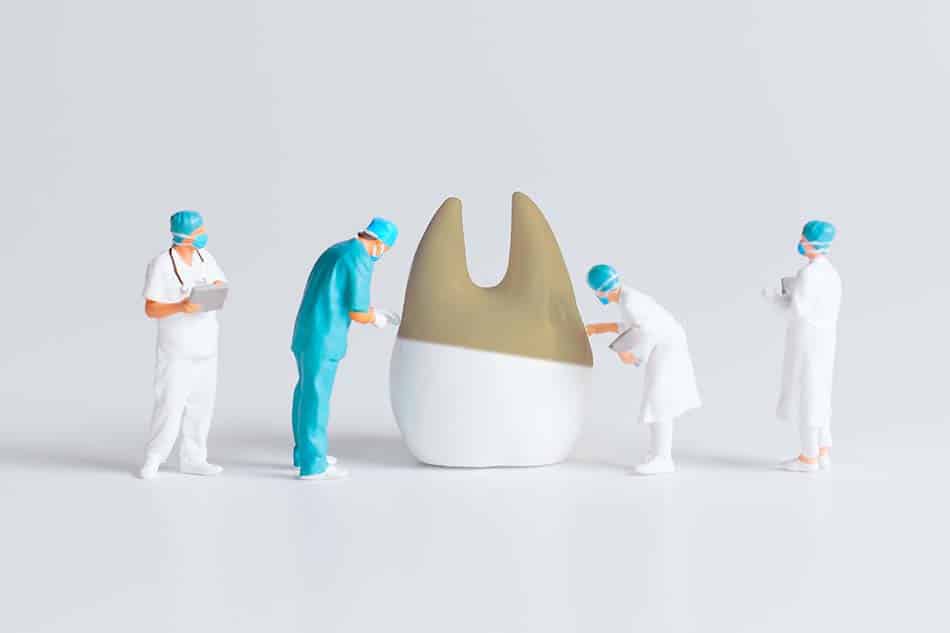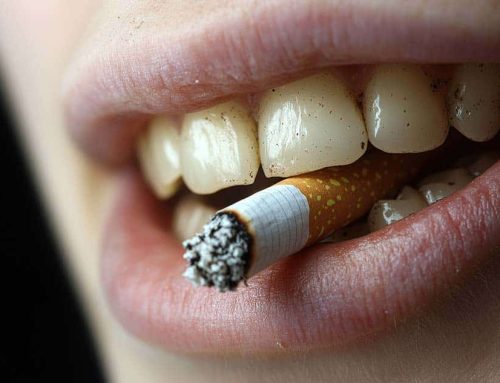How to Get Rid of Stains on Teeth: Causes and Solutions
A bright, white smile is often seen as a symbol of good health, cleanliness, and confidence. Unfortunately, many people struggle with stained or discolored teeth. This common problem can create side-effects self-esteem issues and make you feel less confident about showing off your smile. Tooth stains can result from a variety of causes, including drinking coffee, tea, or red wine, smoking, poor oral hygiene, or even aging. It seems no one understands how to get rid of stains on teeth.
Understanding the causes of these stains and exploring effective ways to remove them can help you regain a radiant, healthier-looking smile. In this guide, we’ll explain everything you need to know about stains on teeth—what causes them, the types of stains, and practical steps you can take to remove or prevent them. Whether it’s everyday discoloration from food and drinks or deeper stains caused by medical conditions, you’ll find actionable tips to tackle the problem and maintain a brighter smile.
Understanding Tooth Stains
Tooth stains can be divided into two main categories: extrinsic and intrinsic. Knowing the difference between these two types is important for choosing the right treatment.
Extrinsic Stains
Extrinsic stains occur on the surface of the teeth. These stains are caused by external factors, like the things you eat and drink or habits like smoking. Foods and beverages like coffee, tea, red wine, and soda can leave dark stains on your teeth because they contain pigments or tannins that stick to the enamel. Smoking is another major cause of extrinsic staining; the tar and nicotine in cigarettes lead to yellow or brown discoloration over time.
Intrinsic Stains
Intrinsic stains are more challenging to address because they develop inside the tooth. These deeper stains can result from factors like certain medications, dental trauma, or over exposure to fluoride during childhood. For instance, anti-biotics like tetracycline can cause teeth to develop gray or brown discoloration if taken while the teeth are still forming. Unlike extrinsic stains, intrinsic discoloration often requires professional treatment to lighten or remove.
Effective Solutions for Removing Stains
There are many ways to remove or reduce stains on your teeth, ranging from simple at-home remedies to professional dental treatments. The solution you choose will depend on the type of stain and your personal preferences.
Practice Good Oral Hygiene
The first and most important step in preventing and removing stains is maintaining a solid oral hygiene routine. Brush your teeth at least twice a day with fluoride toothpaste to remove plaque and food particles that contribute to discoloration. Don’t forget to floss daily to clean between your teeth and prevent stains from building up in hard-to-reach areas.
Try Baking Soda
Baking soda is a natural, mild abrasive that can help scrub away surface stains on your teeth. To use it, mix a small amount of baking soda with water to create a paste and gently brush your teeth. However, it’s important to use this method sparingly to avoid damaging your tooth enamel.
Use Whitening Toothpaste
Whitening toothpaste contains special ingredients designed to remove surface stains while being gentle on your enamel. These products can gradually brighten your smile over time, making them a great option for mild discoloration. Look for toothpastes with the ADA (American Dental Association) Seal of Acceptance for safe and effective results.

Professional Dental Cleaning
Regular visits to your dentist for professional cleanings can help remove tooth stains that brushing alone can’t tackle. Dentists use specialized tools to clean plaque and tartar from your teeth, leaving them brighter and healthier.
Over-the-Counter Whitening Products
Whitening strips, gels, and kits are widely available and offer an affordable way to address surface stains. These products usually contain hydrogen peroxide-based ingredients that work to lighten teeth. Always follow the instructions on how to get rid of stains on teeth carefully to avoid irritation or damage.
Professional Teeth Whitening
For more significant results, professional whitening treatments are an excellent option. These treatments use stronger whitening agents and advanced techniques to remove stains from teeth effectively. Dentists can tailor the procedure to your specific needs, delivering fast and noticeable results.
Avoid Staining Foods and Drinks
One of the easiest ways to prevent new stains is to limit your intake of foods and drinks that cause discoloration. If you can’t give up your coffee or tea, try drinking through a straw to reduce contact with your teeth. Rinsing your mouth with water afterward can also help reduce staining.
Explore Natural Remedies
Some people turn to natural solutions like activated charcoal or coconut oil pulling to whiten their teeth. While these methods may help with surface stains, their effectiveness varies, and they should be used with caution. Always consult your dentist before trying any natural remedy to ensure it’s safe for your teeth.
Maintain Your Results
After removing stains, it’s essential to maintain your results by practicing good oral hygiene and visiting your dentist regularly. Consider scheduling touch-up treatments as needed to keep your smile bright and healthy.
Why Professional Advice Matters
If you’re dealing with stubborn stains or unsure about which whitening method is best for you, consulting a dentist can make all the difference. They can evaluate the type of stains on your teeth and recommend the most effective treatments. Professional advice ensures you’re using safe, proven methods to brighten your smile without harming your teeth or gums.
Achieving a Brighter, More Confident Smile
Stains on teeth are a common issue, but they’re not something you have to live with forever. By understanding the causes of discoloration and exploring the many available treatments, you can achieve a brighter, more confident smile. Whether you’re dealing with surface stains from coffee or deeper discoloration from medical issues, there’s a solution that can teach you how to get rid of stains on teeth.
Take control of your smile today by practicing good oral hygiene, limiting staining foods, and consulting your dentist for professional dental care. With the right approach, you’ll be on your way to a whiter, healthier-looking smile in no time!


